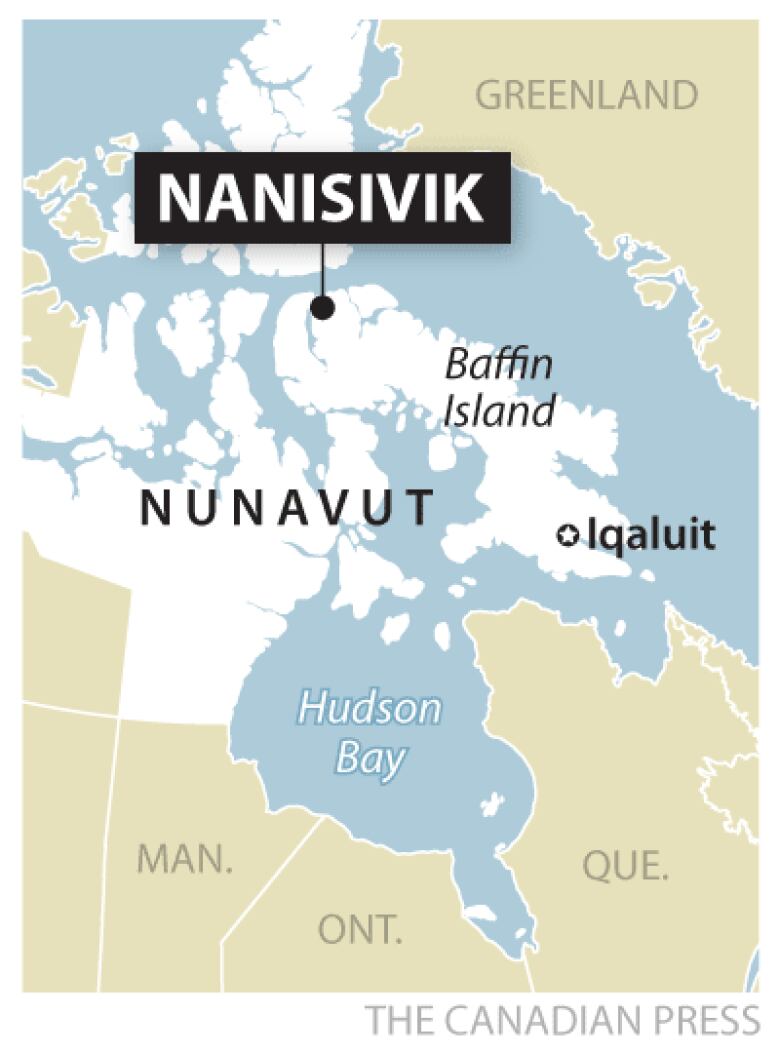Arctic naval refuelling station set to open in 2024, 9 years behind schedule
Nanisivik Naval Facility was first announced in 2007

The federal government's long-promised Nanisivik Naval Facility is expected to openin 2024, according to the Department of National Defence nine years after it was originally set to open and 16 years after it was first announced.
An annual report for the Nanisivik naval projectwas submitted earlier this month to the Nunavut Impact Review Board by Defence Construction Canada on behalf of the Department of National Defence.
It showed no constructionwork was completed in 2021.
It alsoincludeddetails on planned work for 2022 including commissioning of the facility.
National Defence Department spokesperson Jessica Lamirandeconfirmed in an email that commissioning has not yet happened. Work also continues on the piping system and testing power systems and operating procedures.
That's expected to happen this coming summer, with final testing and commissioning work on the facility anticipated to be completed by September.
Long time coming
The creation of the Arctic naval base in Nunavut has been in the works for years.
Ground was broken for the project in July 2015, however, former prime minister Stephen Harper first announced the project in 2007 and it was supposed to open in 2015. After several delays, it was announced in 2017 that the project was on track and on budget to open in fall 2018.
The original plan was to refurbish the dock from the now-closed Nanisivik mine on northern Baffin Island, build office space and year-round accommodations for 15 people, and upgradea nearby now abandoned airstrip. The project was later scaled down due to rising costs.

The airstrip and year-round service were cut from the plans after the project's original $100-million budget was found to have more than doubled to $258 million in 2013. The current price tag is approximately $130 million, excluding taxes,according toLamirande.
Weather, COVID part of the delay
Lamirandepointedto a myriad of issues that caused delays since the start of the project.
Those includes challenges due to weather, which the department says can "change quickly from sunny and calm to foggy and extreme wind and cold at any time, which forcesa short construction season."
"Other challenges include those posed by wildlife and icebergs," Lamirande's email reads.
Lamirande said work on the project has to be planned a year ahead of time in order to get the material to the remote site, and the department counts on sea and air transport to be on time.
The past few construction seasons 2020, 2021 and 2022 were impacted by the COVID-19 pandemic.
"During this period, either no work was possible or work was limited due to health regulations and travel restrictions," Lamirandesaid.
And, in the spring of2021, a main road connecting the Nanisivik Naval Facility to Arctic Bay, Nunavut, was washed out.
"At the recommendation of the Government of Nunavut engineers, the contractor was unable to bring heavy vehicles across the access bridge. As a result, the contractor was unable to access the worksite for the 2021 construction season,"Lamirande wrote.
The road wasn't ready for use until 2022, at which time work on the facility resumed.
The federal government's Arctic naval base, when it's finally ready, is supposed to serve as a refuelling station for the Navy and other government ships. The station, according to the federal government, is meant to help protect Canadian sovereignty in the Arctic.












_(720p).jpg)


 OFFICIAL HD MUSIC VIDEO.jpg)
.jpg)



























































































